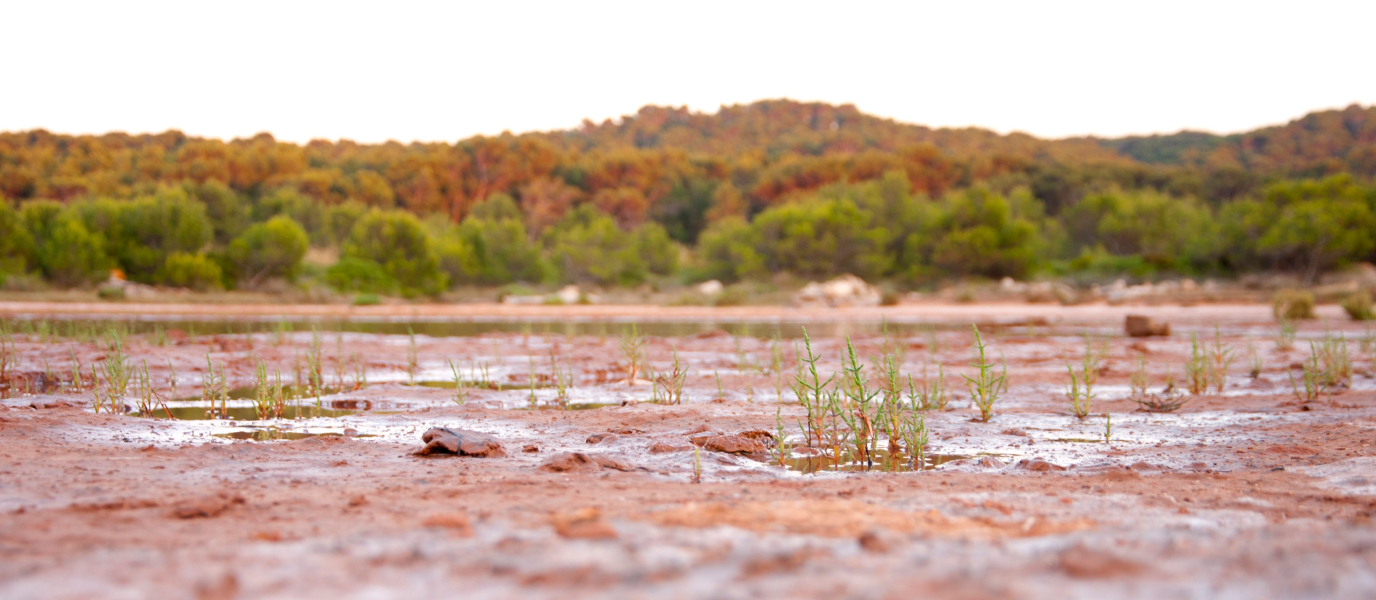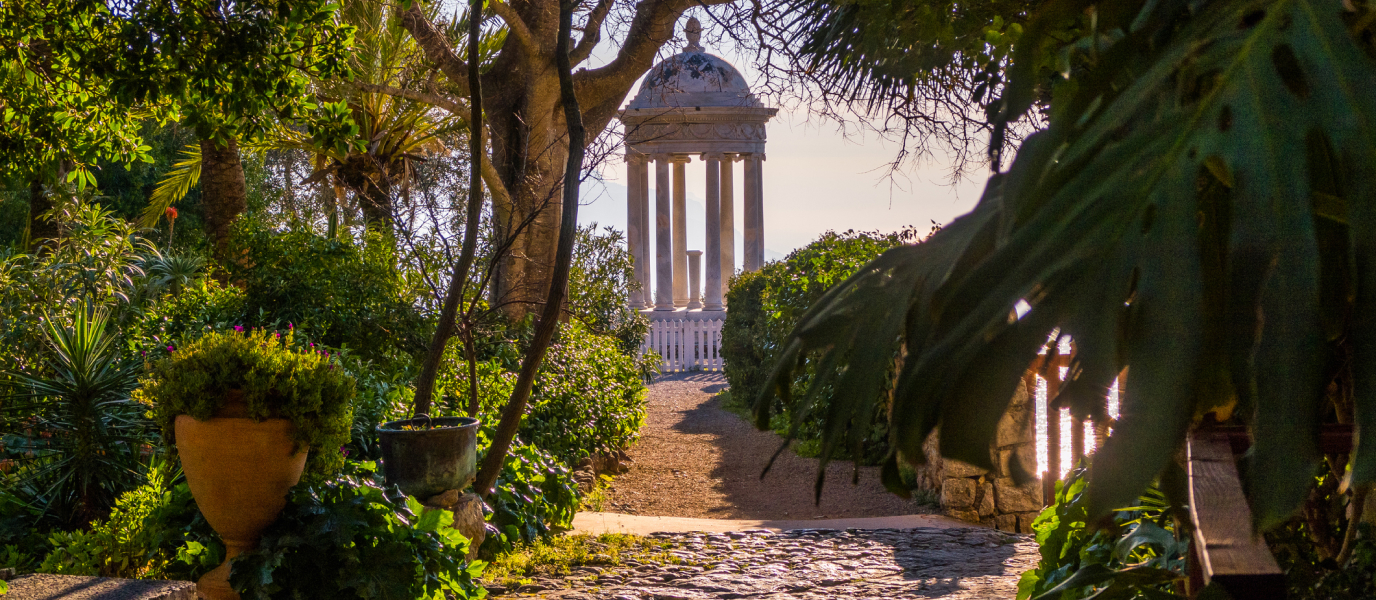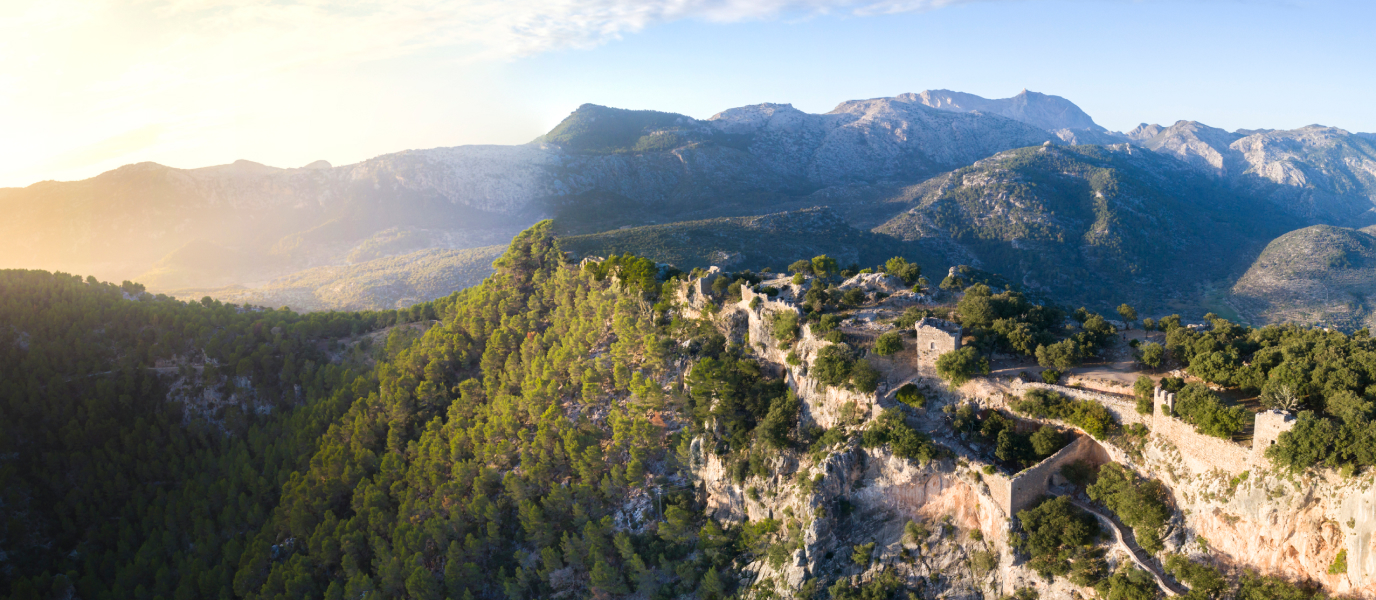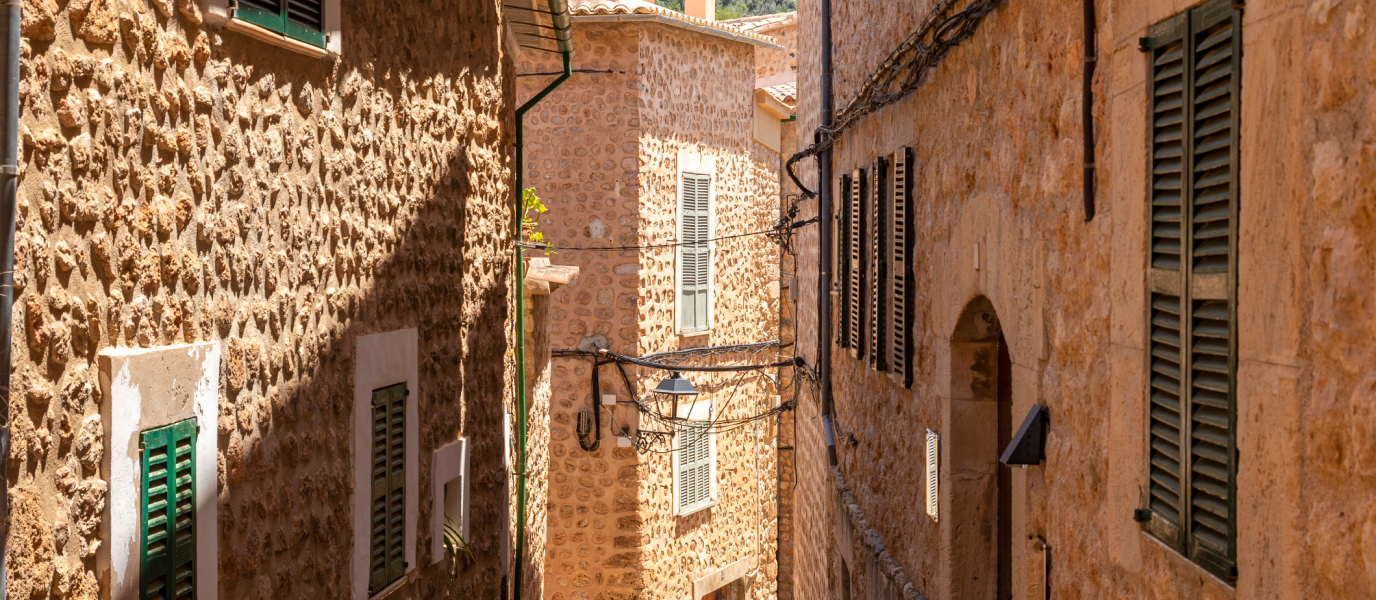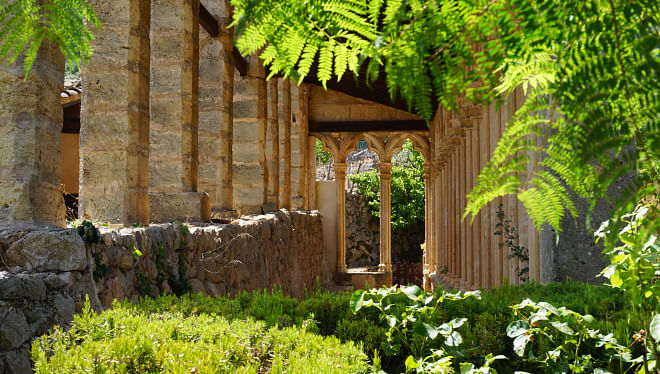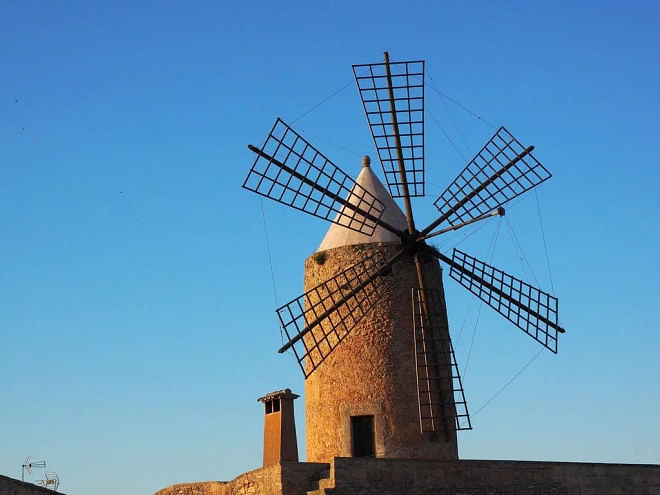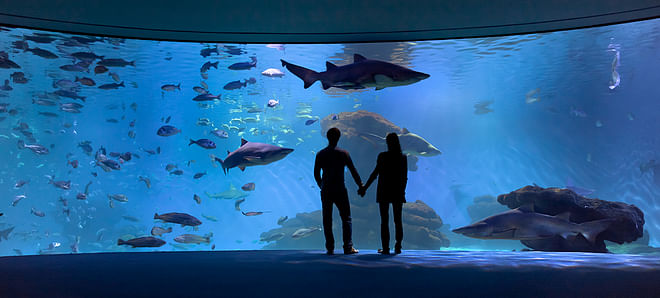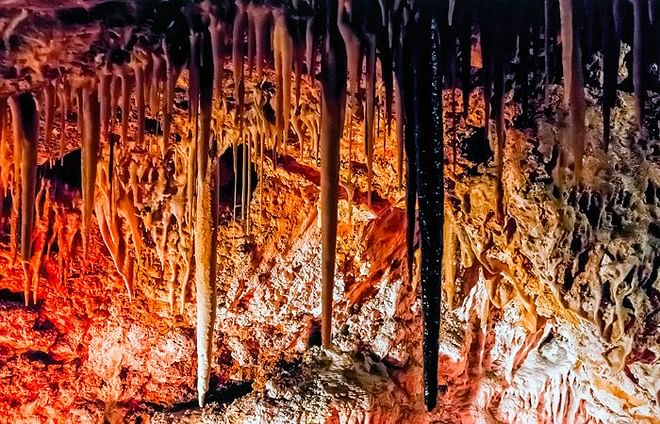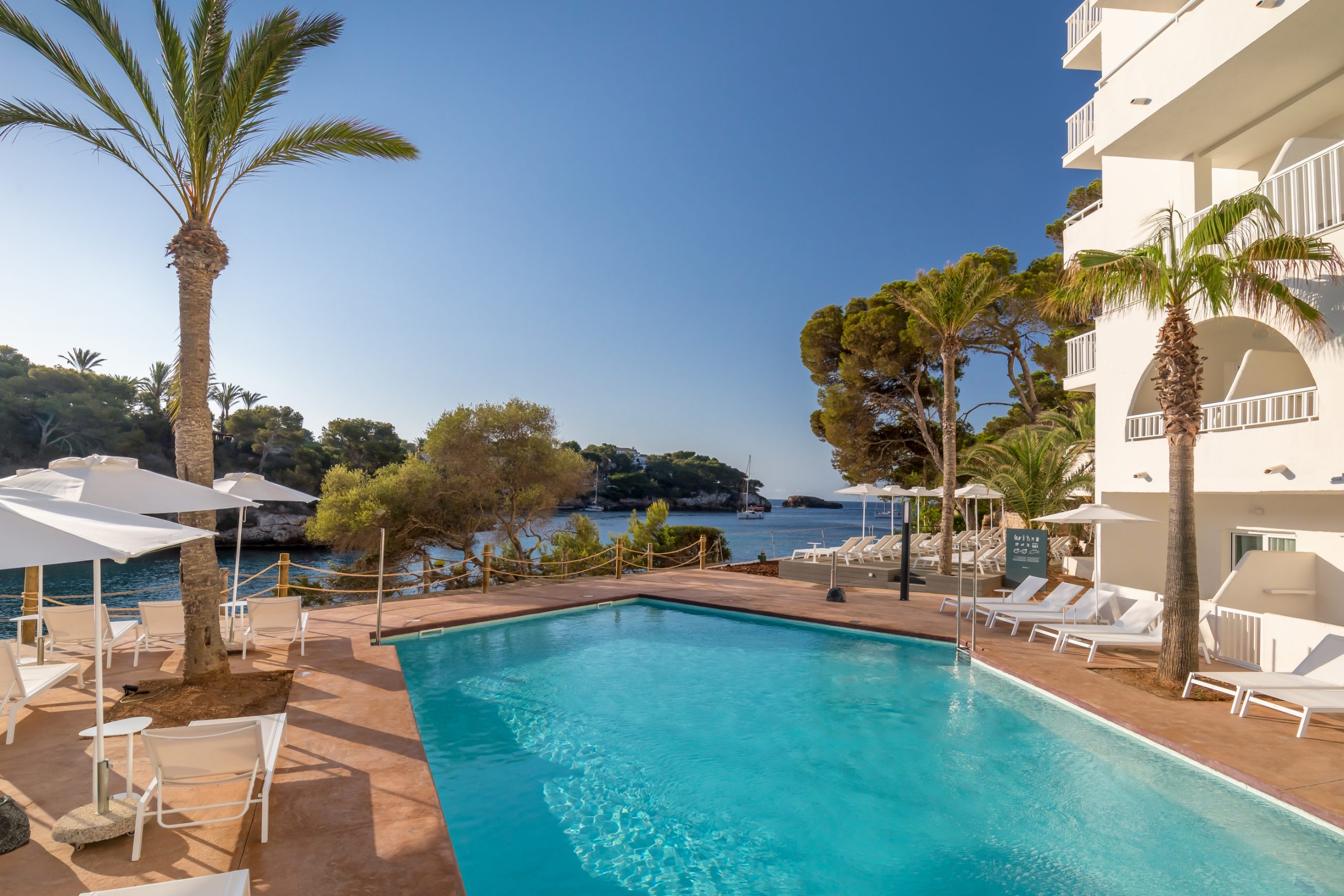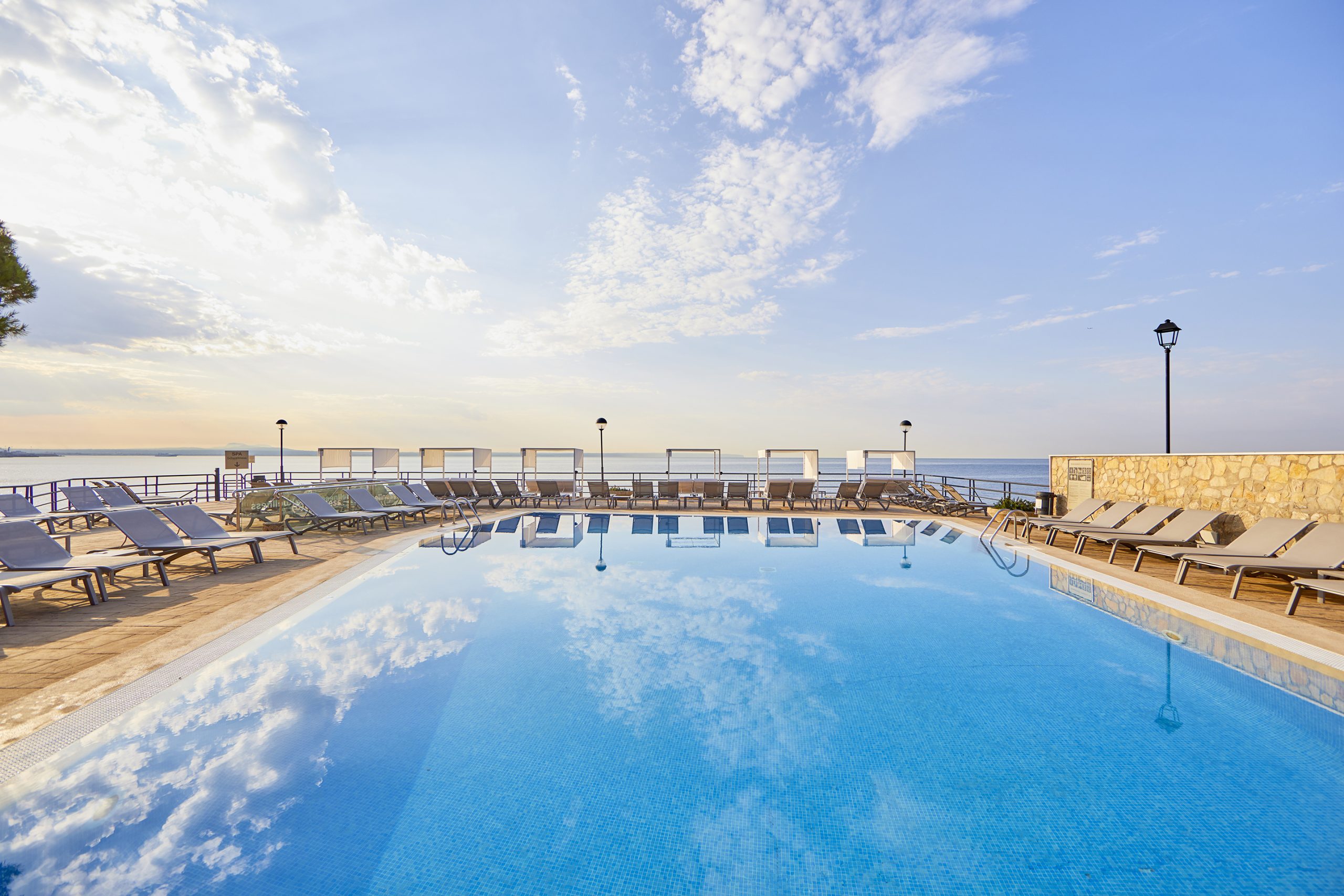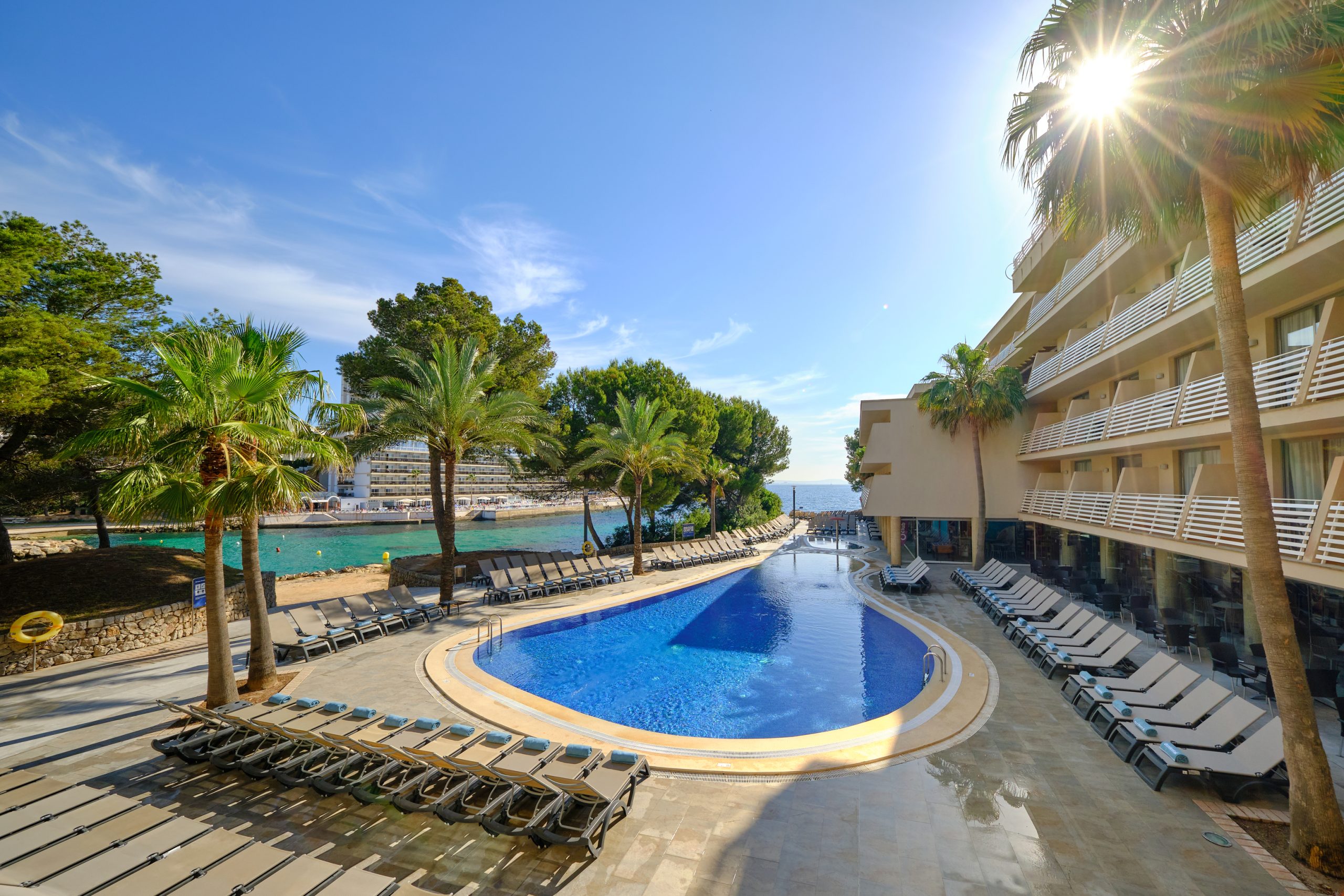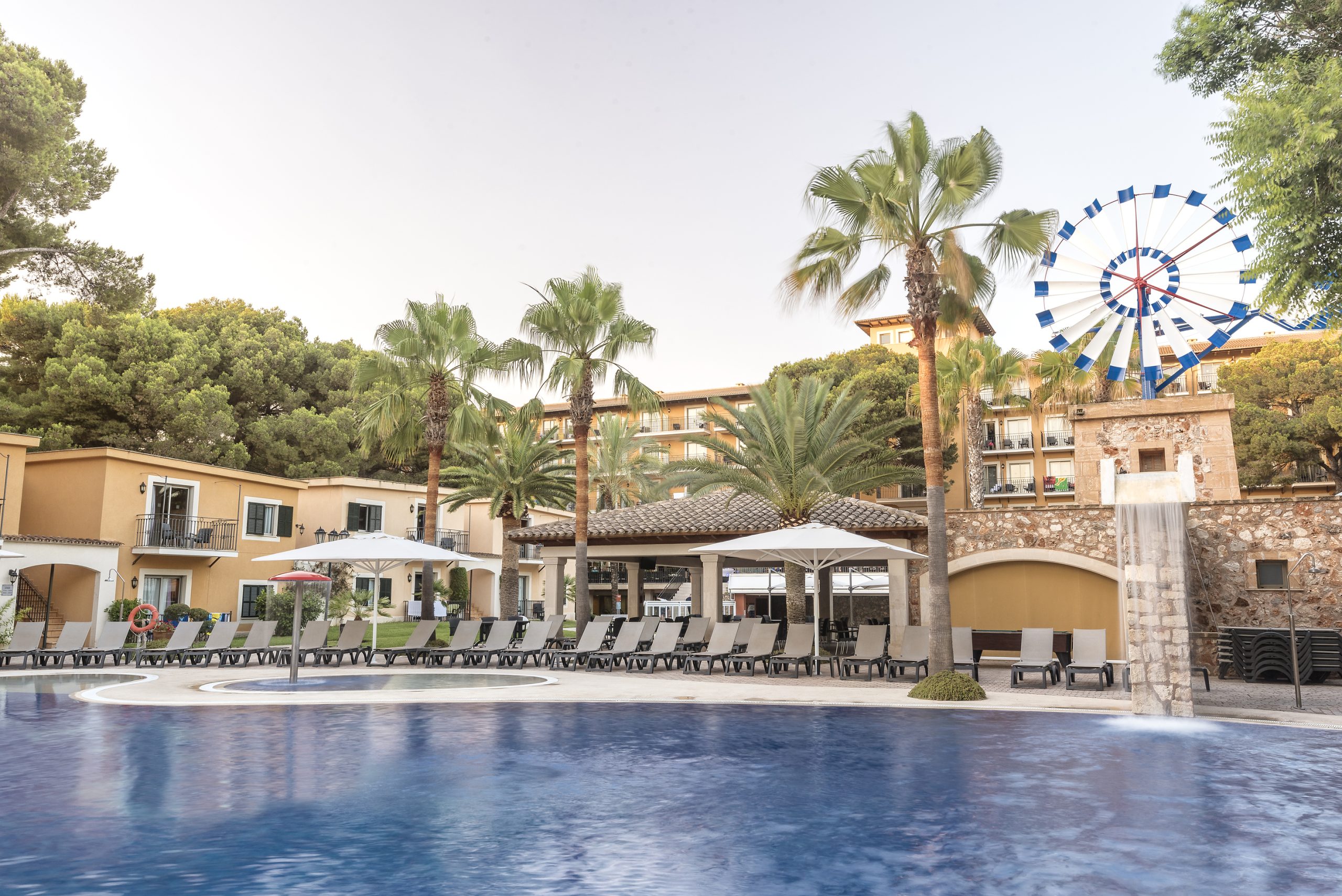The Albufera Nature Reserve (the locals refer to it as Sa Bufera) is Majorca’s largest wetland area and a paradise for many birds. There they nest and are protected when they pass by the island. It is the largest wetland area in the Balearic Islands and one of the main landscapes because of its natural, ecological and environmental values. It is very close to Can Picafort in the Bay of Alcúdia, specifically in an area known as Es Comú de Muro, although most of the nature reserve is located in Sa Pobla.
Separated from the beach by a thick string of dunes, La Albufera in Majorca covers an area of approximately 1,700 hectares, and up to 17,000 birds have been counted in its territory, including endangered species which have been recovered such as the red-crested pochard and the western swamphen. It also has interesting and curious botanical species such as the bee orchid, the meadow orchid and the sea lily, making it one of the most valuable ecosystems in Majorca.
Four tours around La Albufera
The Albufera marshes can be explored on foot by following the signs at the nature reserve leading to the viewpoints designed to observe the birds. There are four self-guided routes: Colombars, Sa Roca, Cibollar and Enmig-ses Puntes. The last one is the longest and takes a couple of hours, so you can see all the areas in the nature reserve and even the iron bridges, which were manufactured in England, as well as the canals, a symbol of the 19th century industrial architecture in La Albufera. The other routes are much shorter.
Remember that it takes time for S’Albufera to show off its charms. Its beauty is not as spectacular or evident as that of the mountain or the coast. There you will need peace and quiet to immerse yourself in the environment, explore the small beauty of its flowers, detect the music in the wind playing in the rushes, and discover the shy look from a rabbit passing by you absent-mindedly without hardly making any noise.
Special protection area for birds
La Albufera is a special protection area for birds. Furthermore, it is included in the list of wetlands of international importance and acknowledged by the Council of Europe as a biogenetic reserve. Its origin is very old and its size and features have evolved based on the changes in the sea level. In the 19th century, it was about to be drained.
The offshore bar of La Albufera is sandy and formed by a beach which is not very wide and a series of dunes, behind which you can see the typical wetland vegetation. In the wetland areas, you can see diverse species of rushes and a thick mass of reeds, as well as diverse plants which grow in the water. Their habitat comprises mainly reeds, lagoons and meadows which dry up or flood periodically.
The importance and features of S’Albufera (or ‘small sea’, according to the Arabic term from which it derives) were already described by the Roman, Moorish and Christian chroniclers. The experts say that S’Albufera was very likely to have been a navigable port in the Roman period. What we do know is that the Moors successfully took advantage of the various irrigation systems in those wetlands.
La Albufera receives 120,000 visitors per year
Since 1988, La Albufera has been a protected nature reserve managed by the Balearic government. Many people visit the area on foot or by bicycle, wishing to explore it and observe its numerous birds. According to the records, around 120,000 people visit the area every year, of which only 20% are from Spain. We also know that most of the visitors are German ornithologists.
La Albufera has a permanent exhibition on the ethnological and historical background of this natural enclave. Until recently, hunting and eel fishing used to take place there and rice and reeds were farmed there; the reeds were used for paper manufacturing. You will also find out that the waters at La Albufera were probably two or three metres higher during Roman times.
Two large torrents
Part of the water which feeds La Albufera comes from two torrents which flow into the sea but which pass through the nature reserve. They are the Sant Miquel torrent, which springs from the Tramuntana mountain range and crosses El Raiguer, and the Muro torrent. As they flow towards the Mediterranean, they provide the water needed by the western swamphens, herons, bitterns, flamingoes, storks, ospreys and other species of wading birds.
Now all you have to do is put on some comfortable and discreet clothes, get some good binoculars and put a bird guide in your pocket. Get started so that you can enjoy a birdwatching or simply an observation getaway in La Albufera, or Sa Bufera as the locals call it.
























































